In building construction, waterproofing is a fundamental aspect of creating a building envelope, which is a controlled environment. The roof covering materials, siding, foundations, and all of the various penetrations through these surfaces must be water-resistant and sometimes waterproof. Waterproofing technologies and demand has changed overtime. As the industry expands, building contractors need to offer their customers longer-lasting, high-performance solutions to stay competitive. High-quality waterproofing is essential to preventing structural damage and maintaining a healthy comfortable environment.
From the late 1990s to the 2010s, the construction industry has had technological advances in waterproofing materials, including integral waterproofing systems and more advanced membrane materials. Over the past few years, there have been technological advance- ments in waterproofing products and systems; manufacturers are introducing new, long-lasting and eco-friendly products in the market keeping environment, safety, and health points of paramount considerations in view.
Given below are few of the waterproofing innovations occurring across the globe.
Nano technology in waterproofing
In recent years, there has been an increase in nanotechnology research, and nanotechnology has been incorporated into many applications in everyday life.
Nanotechnology is no longer just a promising field of research. Many nanotech solutions have made their way into everyday life – one of the most prominent being the use of ceramic coating for waterproofing. Nano coating is hydrophobic (water repellent), oleo phobic (oil repellent) surface layer that repels water, oil, dirt, and other dry particles. Superhydrophobic coatings are used in dry surface application. These naturally occur in some plant leaves, such as the lotus leaf, and some insect wings. Nano coating is hydrophobic (water repellent), oleo phobic (oil repellent) surface layer that repels water, oil, dirt, and other dry particles.
Superhydrophobic coatings are used in dry surface application. These naturally occur in some plant leaves, such as the lotus leaf, and some insect wings. More about superhydrophobic coatings.
High hydrophobicity eco-friendly nano coating can be applied onto objects to make them waterproof for the long-term. The product is anti-corrosive or oxidation, anti-icing, UV resistance, high temperature resistant and also resistant to chemical compounds. It has self-cleaning capabilities when it rains and can be used on a variety of surfaces. Nano coatings do not change the colour of the surface to which they are applied. They are invisible to the naked eye.
The Nanotechnologists at Nanex have currently drawn inspiration from nature to create a new coating for waterproofing. The coating created by Nanex draws its inspiration from the properties of the lotus plant. Lotus plants grow in muddy, semi-aquatic environments, but have an inherent ability to remain dirt-free as their leaves are water-repellent and have self-cleaning surfaces. When a water droplet falls on the surface of a lotus leaf, it beads up into a nearly perfect sphere and easily rolls off the leaf. As the water rolls off the leaf, it picks up and carries away any dirt or dust, resulting in a self-cleaning surface. Nanex coatings work in a similar manner to the lotus leaf. The coating covers every fiber of the original fabric and forms nanostructures on the surface of the fabric. When water falls on the surface, air is trapped by the nanostructures, and as the attractive forces between the water molecules are more than the attractive forces between the surface and the water, a droplet forms that slides off the surface, taking with it any dirt that is present.

Crystalline waterproofing
Concrete, most commonly used material in building & constructions, absorbs water and often gets damaged and deteriorates. During concrete formation tiny holes and capillaries have been created that make concrete porous. Porosity in concrete makes it water permeable. Crystalline waterproofing chemicals prevents water movements in concrete by creating its own waterproofing barrier. This way chemical reduces the water permeability and porosity in conventional concrete and increases its durability and lifespan and also reduces its maintenance cost. When any liquid contacts a surface, a contact angle is formed between surface and edge of liquid drop. This contact angle should be higher to make any surface hydrophobic or very high to make it super-hydrophobic. A surface that does not have any property of hydrophobic normally has contact angle with water below 80 degrees. On the contrary, a super-hydrophobic surface creates contact angle with water at least 150 degree with water. Any surface has its surface energy while liquid has surface tension. Liquids penetrate in any surface when; surface energy > superficial tension. Low surface energy and good micro roughness make a surface hydrophobic. Leaf of lotus is considered to be a super-hydrophobic surface and repels water very well.
When added or applied to concrete, crystalline technology chemically reacts with water and unhydrated cement particles to form insoluble needle-shaped crystals that fill capillary pores and micro-cracks in the concrete and block the pathways for water and waterborne contaminants. Any moisture introduced over the lifespan of the concrete will initiate crystallization, ensuring permanent waterproofing protection.
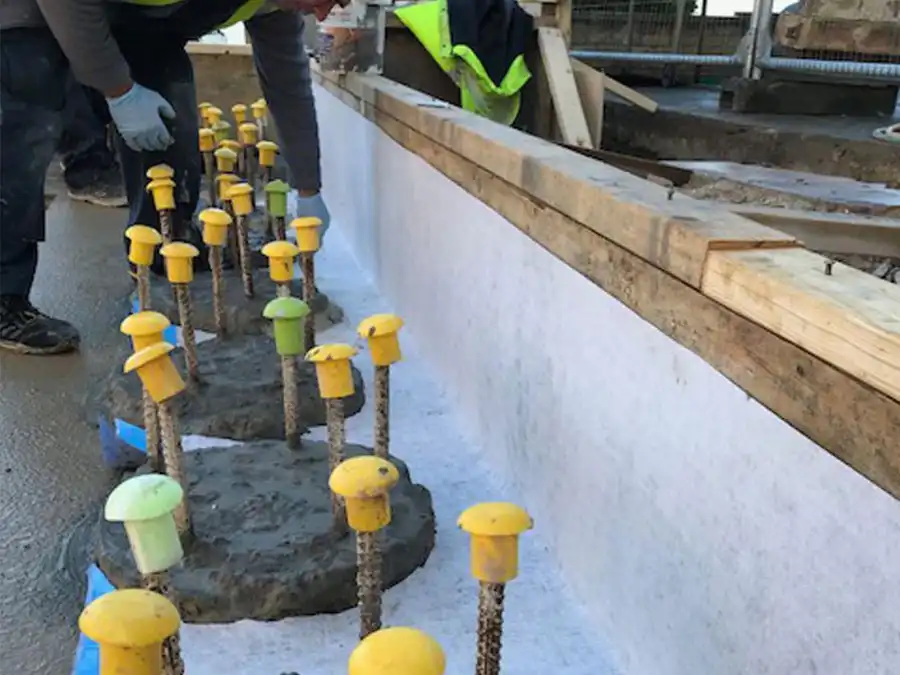
Waterproofing membranes
Waterproofing membranes are available in sheet form or liquid form. Liquid membranes are sprayed, rolled or trowelled onto the concrete surface and cure to form a rubbery waterproof coating. Sheet membranes come in sheet form and are stuck to the concrete surface to provide a waterproof barrier preventing water intrusion into the structural elements of a building or its finished spaces.
Metropolitan Transportation Service (MTS) recently unveiled a new, high-efficiency wheel truing pit to keep rail cars rolling smoothly. On this project, an underfloor truing pit—with a metal milling machine-can simultaneously re-profile wheels of passenger or freight cars, while the wheel set is attached to the rolling stock.
During excavation, the specifications outlined the depth of the pit to be almost three feet under the water table. When the general contractor began digging, water poured in quickly, filling the bottom of the hole. In order to finish the excavation, seven dewatering pumps were needed to drain the area and keep the water out. Original parameters specified installation of a waterproofing membrane. However, the project manager looked for a better solution to prevent water seepage through the concrete. The solution includes a range of crystalline products to treat all the concrete for the footings, slab and walls of the truing pit. It also seals all the cold joints and helps to patch any remaining cracks and imperfections in the new structure.
This reduces permeability by permanently sealing micro-cracks and this also helps protect the concrete against water penetration, even under high hydrostatic pressure. This is only one example. Construction materials continue to advance, enabling workers to build structures that are waterproof from the elements, ensuring a long-lasting structure.
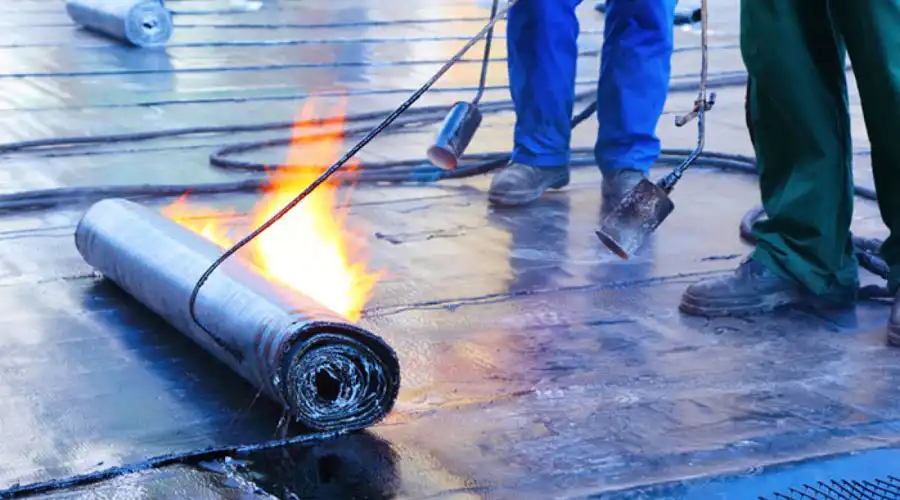
Self-healing, water-repellent, spray-on coating
Self-healing, water-repellent, spray-on coating developed at the University of Michigan is hundreds of times more durable than its counterparts. It could enable waterproofing of vehicles, clothing, rooftops and countless other surfaces for which current waterproofing treatments are too fragile. It could also lower the resistance of ship hulls, a step that would reduce the fuel consumption of the massive vessels that transport 90 percent of the world’s cargo.
The developers say the new concoction is a breakthrough in a field where decades of research have failed to produce a durable coating. While water-repellent finishes are available at present, they’re typically not strong enough for applications like clothing or ship hulls. This discovery changes that.
The coating is made of a mix of a material called “fluorinated polyurethane elastomer” and a specialized water-repellent molecule known as “F-POSS.” It can be easily sprayed onto virtually any surface and has a slightly rubbery texture that makes it more resilient than its predecessors.
If it is damaged, the coating can heal itself hundreds of times. It can bounce back “even after being abraded, scratched, burned, plasma-cleaned, flattened, sonicated and chemically attacked,” the researchers wrote in a paper recently published in ACS Applied Materials & Interfaces.
In addition to recovering physically, the coating can heal itself chemically. If water-repellent F-POSS molecules are scraped from the surface, new molecules will naturally migrate there to replace them. That’s how the coating can renew itself hundreds of times. Its healing ability is limited only by its thickness.
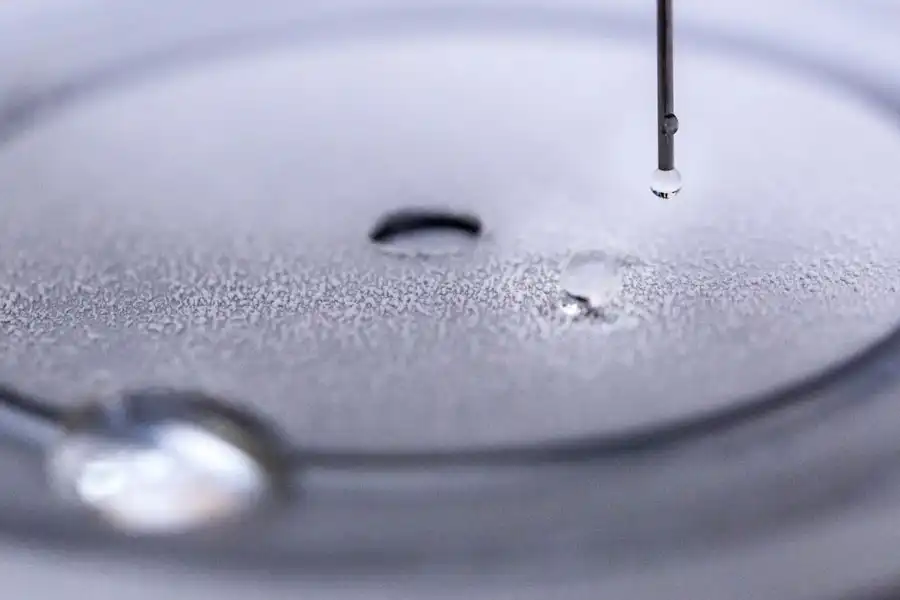
New coatings make natural fabrics waterproof
Fabrics that resist water are essential for everything from rainwear to military tents, but conventional water-repellent coatings have been shown to persist in the environment and accumulate in our bodies, and so are likely to be phased out for safety reasons. That leaves a big gap to be filled if researchers can find safe substitutes.
Now, a team at MIT has come up with a promising solution: a coating that not only adds water-repellency to natural fabrics such as cotton and silk, but is also more effective than the existing coatings. The new findings are described in the journal Advanced Functional Materials (“Short-Fluorinated iCVD Coatings for Nonwetting Fabrics”), in a paper by MIT professors Kripa Varanasi and Karen Gleason, former MIT postdoc Dan Soto, and two others.
Using the iCVD coating process, which does not involve any liquids and can be done at low temperature, produces a very thin, uniform coating that follows the contours of the fibers and does not lead to any clogging of the pores, thus eliminating the need for the second processing stage to reopen the pores. Then, an additional step, a kind of sandblasting of the surface, can be added as an optional process to increase the water repellency even more. “The biggest challenge was finding the sweet spot where performance, durability, and iCVD compatibility could work together and deliver the best performance.
The coated fabrics have been subjected to a barrage of tests in the lab, including a standard rain test used by industry. The materials have been bombarded not only with water but with various other liquids including coffee, ketchup, sodium hydroxide, and various acids and bases – and have repelled all of them well. The coated materials have been subjected to repeated washings with no degradation of the coatings, and also have passed severe abrasion tests, with no damage to the coatings after 10,000 repetitions.
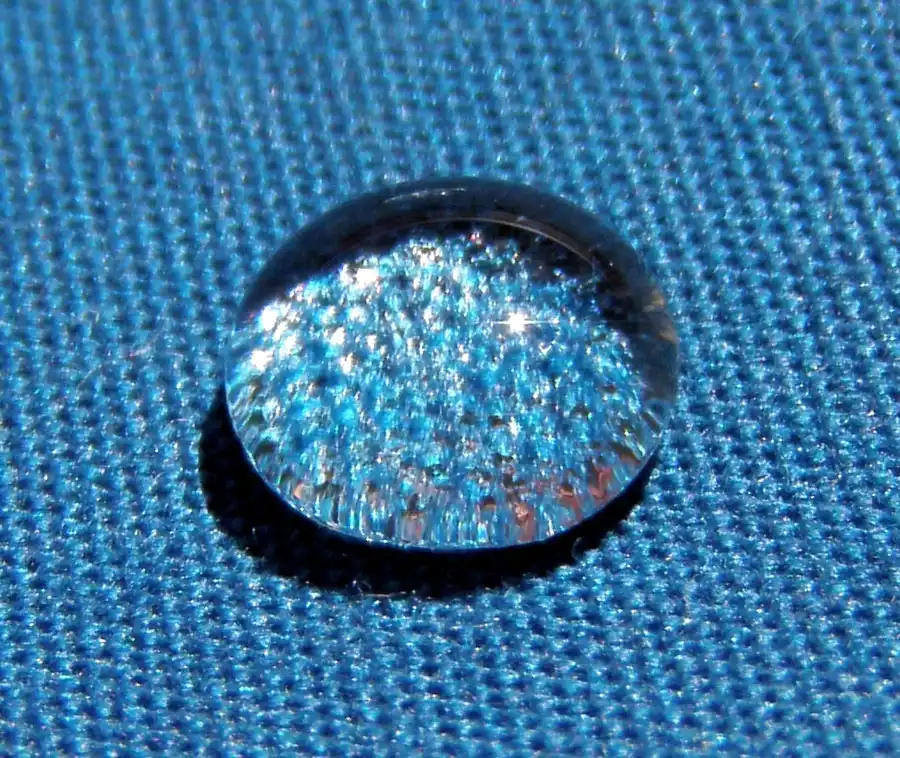
Ultra-Water Resistant Surface
A group of researchers from the Massachusetts Institute of Technology recently announced a stunning breakthrough in the development of an exceedingly water-resistant surface. Their research focused upon repelling water droplets. They announced they had discovered a way to increase exterior ridges in silicon in a way that deflects water falling onto the surface.
Their research could lead to the eventual production of very “hydrophobic” i.e. water resistant garments and mechanical and electronic parts. Ultrahydrophobic (or superhydrophobic) surfaces are highly hydrophobic, i.e., extremely difficult to wet. The contact angles of a water droplet on an ultrahydrophobic material exceed 150°.This is also referred to as the lotus effect, after the superhydrophobic leaves of the lotus plant.Since the fine ridging pattern will reduce the contact time between water droplets and a surface, it could hold great value in terms of enhancing ice-resistance. Frozen water clinging to aircraft parts poses a significant aviation issue in many situations. By installing a more water-resistant coating, manufacturers might enable products to display superior deicing properties. Similarly, ultra-water resistant fabrics would help protect people from exposure to the elements more effectively in some settings.
Spray-on waterproofing is a procedure by which a liquid waterproofing agent is applied to a surface. As presented in the name, this method of waterproofing is sprayed on, usually by a knowledgeable and experienced expert, by using a spray gun. The waterproofing agent exists the gun and is applied as a liquid form, but dries into a pliable, blocked membrane that water just cannot enter through. This waterproofing solution is not just economically friendly, and non-toxic, but it also can be applied to any surface and bond with it very well. This includes concrete, masonry, stone, fibre cement, fibreglass, steel, tiles, etc. What this “bondability” means is that the spray-on waterproofing won’t be coming off.
As spray-on is so easy to apply, it can be used to large spaces, without a hassle and in a brief period. This would mean that projects can be completed on time, without a lot of manpower. It also means that labour is cheaper and that clients have their homes and buildings waterproofed in no time. The best products to use for spray-on applications are Silicone, Polyureas and Polyurethanes and mixtures of these. Out of these options, Silicone usually tends to be the most cost-effective, but also the least durable. When choosing to use silicone, it would be best to use it in areas that don’t require a lot or any traffic. Otherwise, if a stronger blend is required, it is best to go for the more durable, and a bit more expensive, Polyurea and Polyurethane. It also entails all finer details to be adequately sealed. All that is needed is to spray the required area with the coating, and the spray-on applicator will ensure that no space goes unturned.
Australian National University (“ANU”), reported a significant breakthrough in waterproofing tech this week. A spokesman from the educational institution’s Nanotechnology Research Laboratory revealed a team of scientists had succeeded in blending together two different plastics to create a new spray-on coating with a highly water-resistant surface. Water droplets will not remain on surfaces coated with the product.
Antonio Tricoli and William Wong worked on the development of sophisticated nanotechnology formulation. They hope their research will eventually contribute to the creation of many effective new spray-on waterproof surfaces in a variety of industries. For instance, Antonio Tricoli explained that the new formulation will prevent bathroom windows from misting over. He hoped the coating would also help keep glass windows appearing cleaner longer, too. The scientists from ANU envision an array of useful applications for their invention.
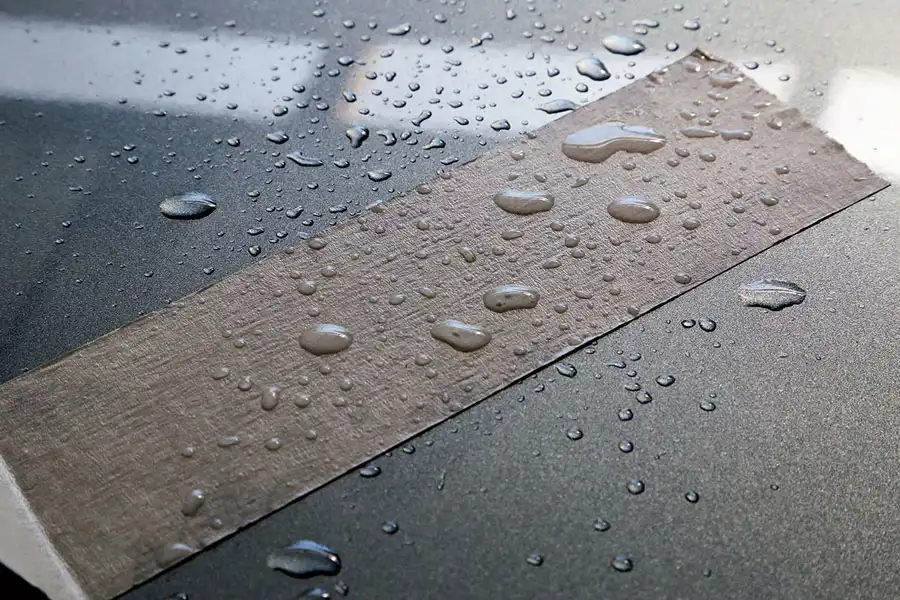
Torch on waterproofing
Modern techniques for waterproofing buildings have resulted in less leaky structures. One of the major advances in waterproofing has been the invention of torch on membrane. Torch on membrane, as the name describes, is a membrane that’s applied to a surface with a torch, which waterproofs the area. This is mainly used on waterproofing flat roofs, works by using a substance such as polyurethane or bitumen, and heat-fusing (welding) different pieces of this substance together to form one continuous membrane. The seams, or where the membrane pieces overlap, can also be fused with solvents instead of heat, and can be as strong as the rest of the membrane.
There are some major advantages to membrane roofing. In the past asphalt and gravel were used, but these applications often had weaknesses. For one, it can be very difficult to create a proper seal at all seams and connection points. This can cause many roofs to leak early in its lifespan, and require much more maintenance. However, membrane materials are either seamless or have seams as strong as the body. This can prevent the leakage concerns that are often associated with flat roofing systems.
Repairing gravel and asphalt systems can also be difficult, mainly because it is difficult to locate the exact place where a leak is. Membrane materials can be patched easily though, and breaks or leaks are much easier to find.
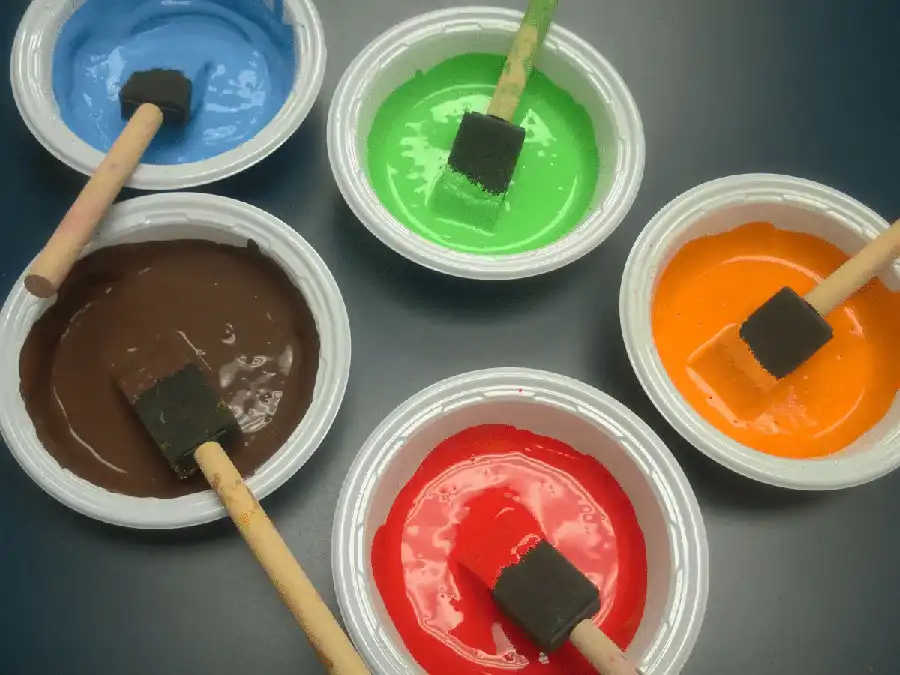
New waterproofing and antifouling materials
New materials have been developed by scientists in the Energy Safety Research Institute (ESRI) at Swansea University which is nontoxic, economical and shows promise to replace more expensive and hazardous materials used for waterproofing and antifouling/fogging. A new class of nanomaterials with tunable wettability have important applications ranging from antifouling to water proofing surfaces. Materials made by scientists at Swansea University are inexpensive, nontoxic and can be applied to a variety of surfaces via spray- or spin-coating.
The researchers led by Dr. Shirin Alexander and Professor Andrew Barron reported their find in the American Chemical Society open access journal ACS Omega. The spray coated nanomaterials provide both a texture to the surfaces, regardless of the substrate, and the chemical functionality that can alter the surface from superhydrophilic (water wetting) to superhydrophobic (water repelling) based on the choice of tailored functionality.
Fabrication and testing of low surface energy to high surface energy materials were carried out by Wafaa Al-Shatty a master student at the Energy Safety Research Institute at the Swansea University Bay Campus. There, she synthesized aluminum oxide nanoparticles using hydrocarbon linear and branched carboxylic acids (with different surface energies) to demonstrate that hydrophobicity can be readily tuned based on the nature of the chemical functionality. The research demonstrates that subtle changes in the organic chain enable the control of surface wettability, roughness, surface energy and the nanoparticles ability to behave as surface active agents.
Both hydrophobicity and hydrophilicity are reinforced by roughness. Nanoparticles with the methoxy (-OCH3) functionality exhibit high surface energy and therefore superhydrophilicity properties. On the other hand branched hydrocarbons reduce the surface energy. Spiky (branched) chains are the first line of defense against water alongside surface roughness (caused by nanoparticles in both cases). This minimizes contact between the surface and water droplets, which allows them to slide off.
To be superhydrophobic, a material has to have a water contact angle larger than 150 degrees, while superhydrophilic surfaces are material whose surfaces exhibits water contact angles lower than 10 degrees. Contact angle is the angle at which the surface of the water meets the surface of the material. The hydrocarbon-based superhydrophobic material may be a “green” replacement for costly, hazardous fluorocarbons commonly used for superhydrophobic applications.
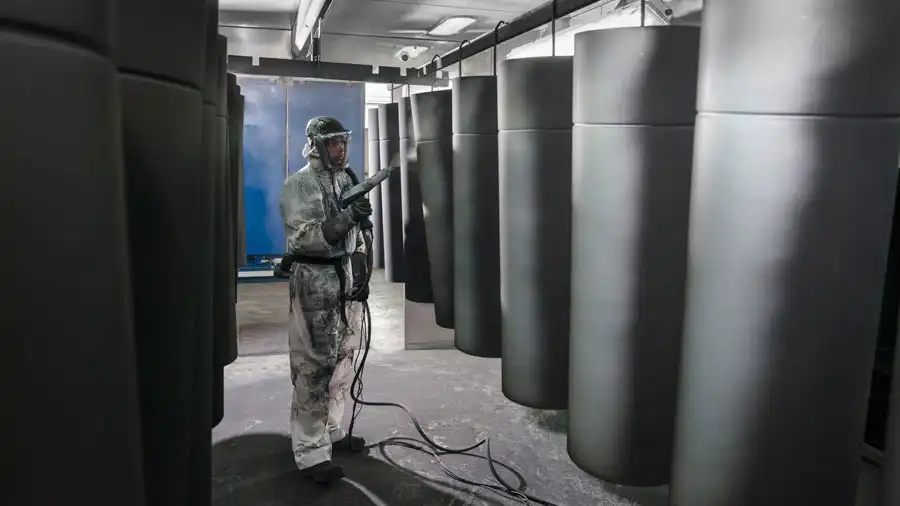
Acrylic Polymer Emulsion For Printing And Packaging Barrier Coatings
Conservation Technology Acrylic Roof System is designed to permanently waterproof most new or existing roofs with positive drainage, including roofs with low slopes and complicated flashings. The system consists of two principal components: a premium elastomeric liquid acrylic coating and a polyester reinforcing fabric. Mallard Creek Polymers has commercialized Tykote®6152 for use in a variety of food packaging applications where outstanding barrier and press runnability are required. This innovative product demonstrates MCP’s ability to cross-pollinate technology from other markets to serve packaging coating and ink suppliers. The R&D organization of the company is able to assist clients in formulation design and product testing, while offering a wide array of product options. This new product, Tykote®6152, and all the company’s barrier products are highlighted in a new Latex Products for Barrier Paper and Paperboard Coating selection guide.
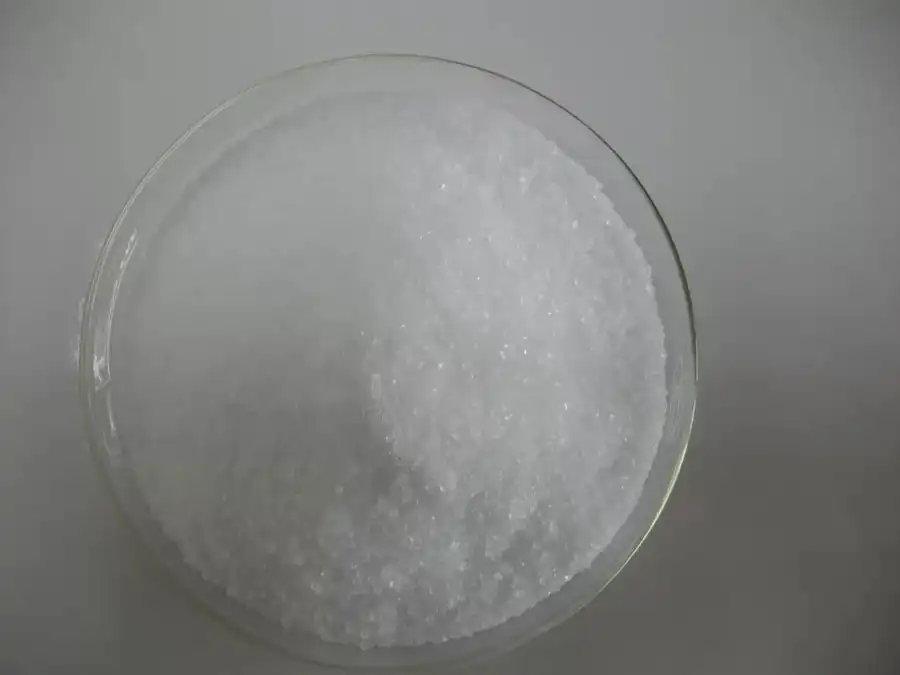
Hygienic Powder coating
In addition, the powder coating application method provides a number of environmental and economical benefits. Because the process does not use solvents, little or no volatile organic compounds (VOCs) are emitted into the atmosphere. And, because it is a powder process, uncon-taminated coating overspray can be collected and reused. In addition to the need to meet increasingly stringent environmental regulations, growth in the powder-coating segment is being driven by the continual development of innovations that help manufacturers overcome the challenges of the past.
AkzoNobel’s innovative powder coatings help keep surfaces hygienically clean all year round, while tackling the invisible threat of cross-contamination. Suitable for a wide range of applications, it’s typically used in hygiene conscious environments such as hospitals, clinics, changing rooms, schools and public transport. The BioCote® antimicrobial technology active in Interpon AM shows no mercy. It reduces up to 99.99% of bacteria and mold on a protected surface, making it easier to keep hygienically clean and reducing the risk of cross-contamination.
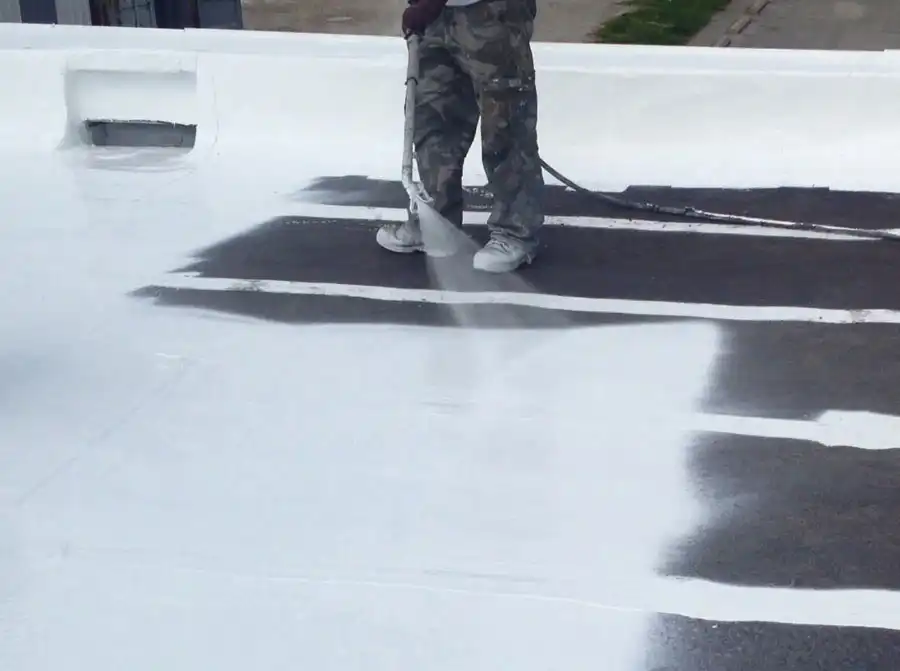
Conclusion
An effective waterproofing system needs to be durable both during and after construction and need to be robust and durable for the life of the structure. Having a premature failure of a waterproofing system can be catastrophic and costly. Ideal waterproofing is a combination of quality product backed by an excellent and trained application team; which now-a-days is not easily available in rural markets hence a cause of concern. Therefore it is important to be aware of the innovations taking place across the globe.
Image and info – nanodrops.co, news.umich.edu, phys.org/news, raleighwaterproofinginc.com, nanowerk.com, bellona.org, newtonwaterproofing.co.uk, whatech.com,newatlas.com, wikipedia.org, teknos.com, ircroof.com, ppmindustries.com,
materialdistrict.com, vinylcopolymerresin.com, gellnerindustrial.com

